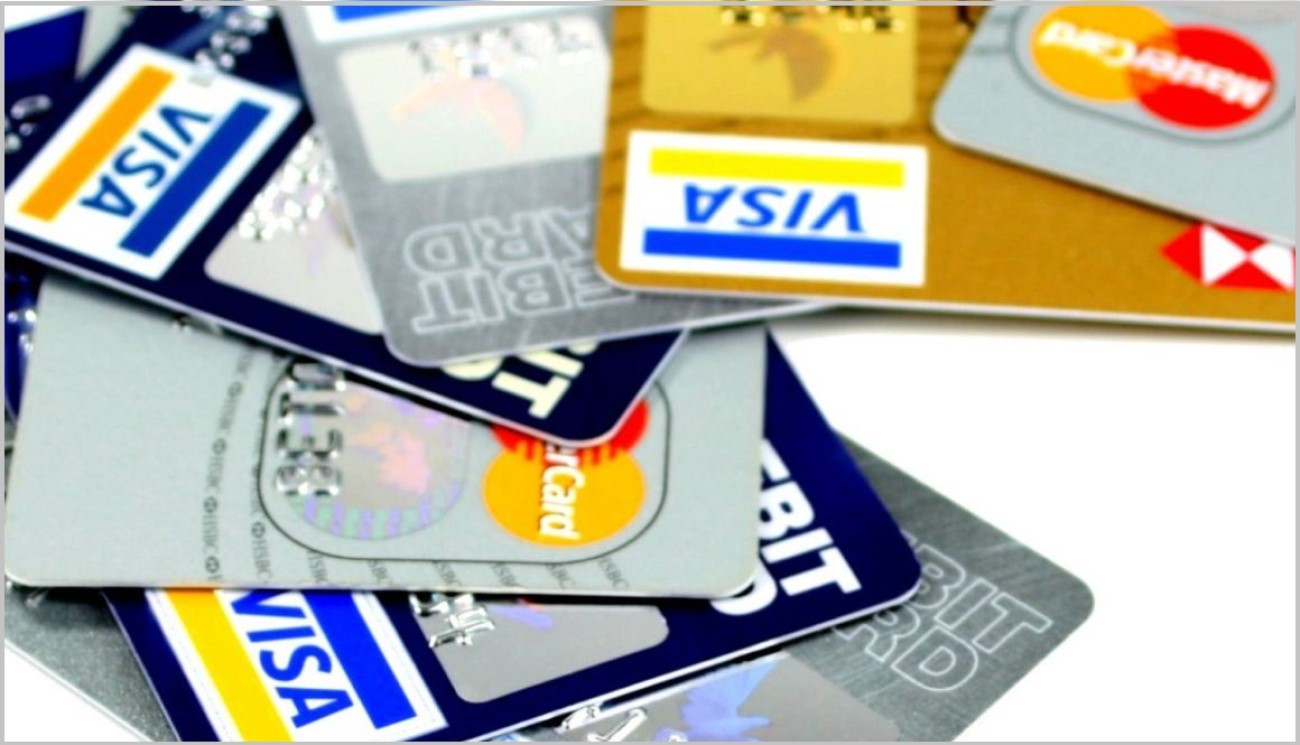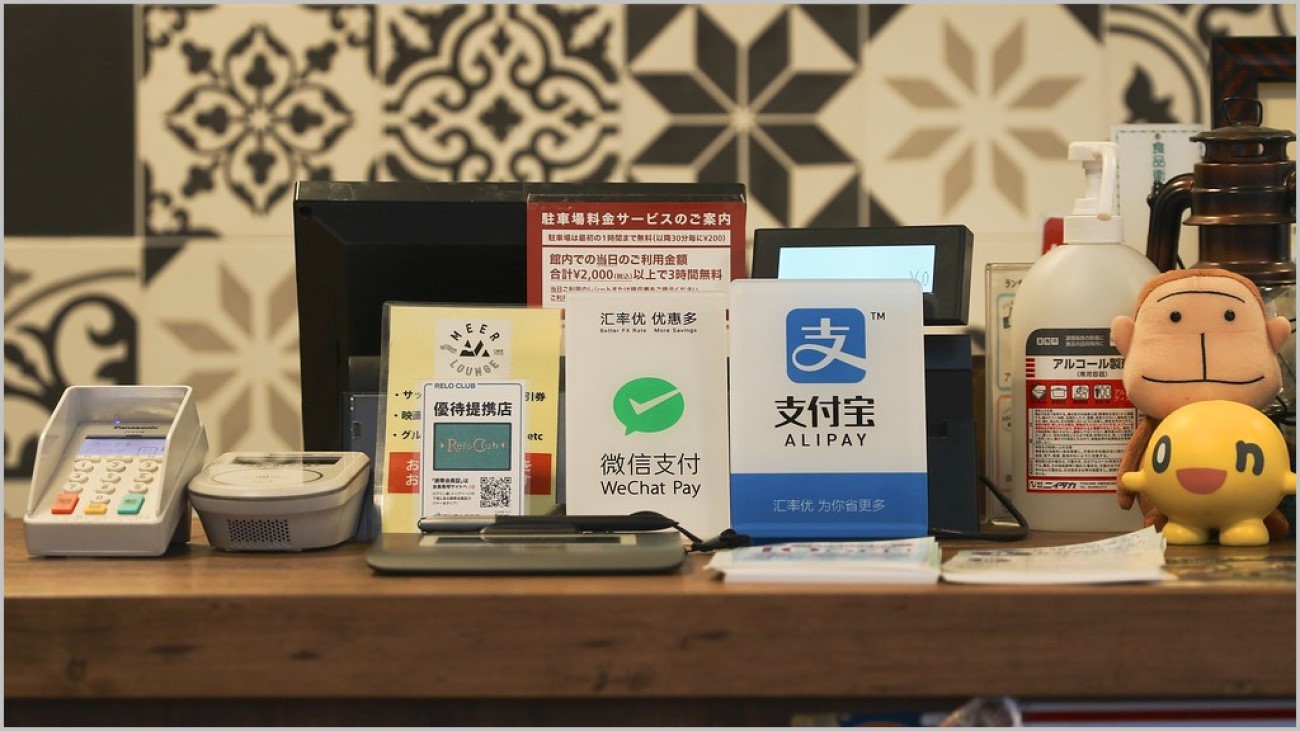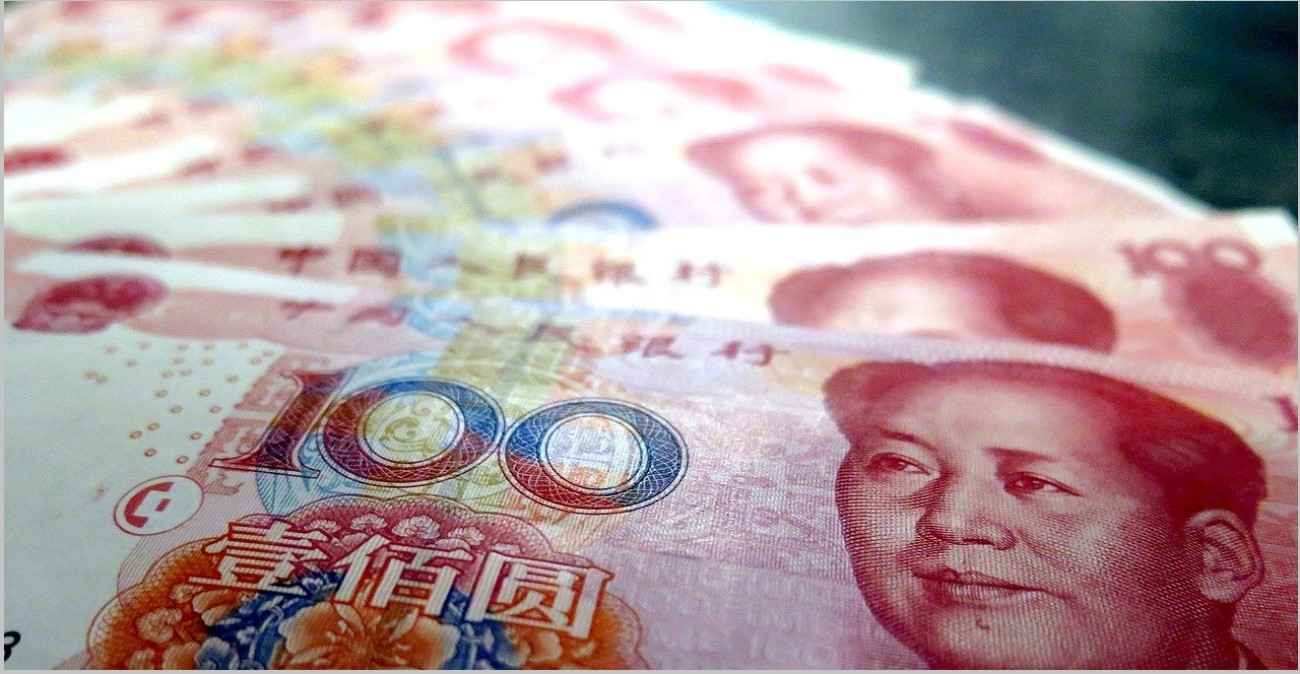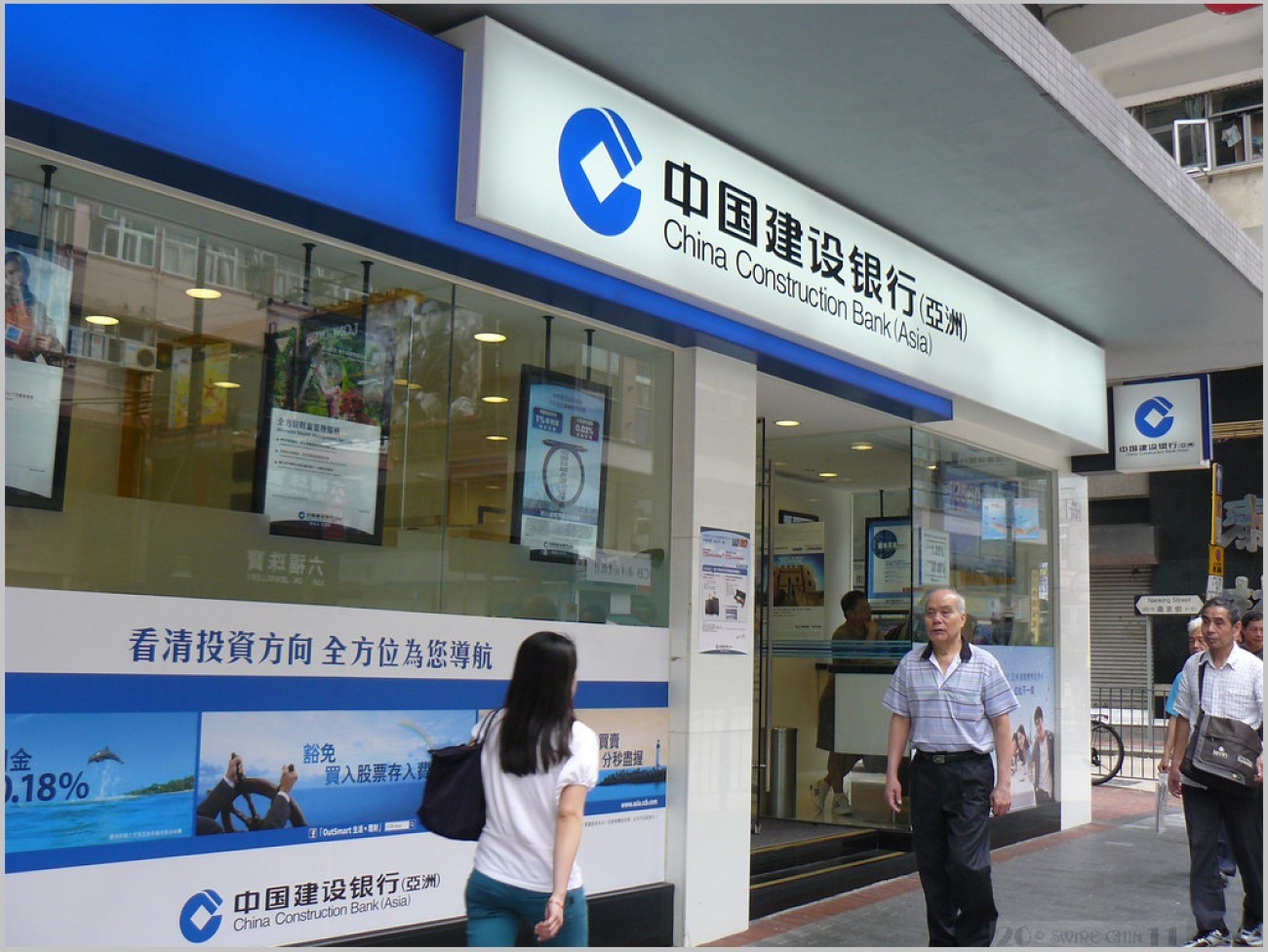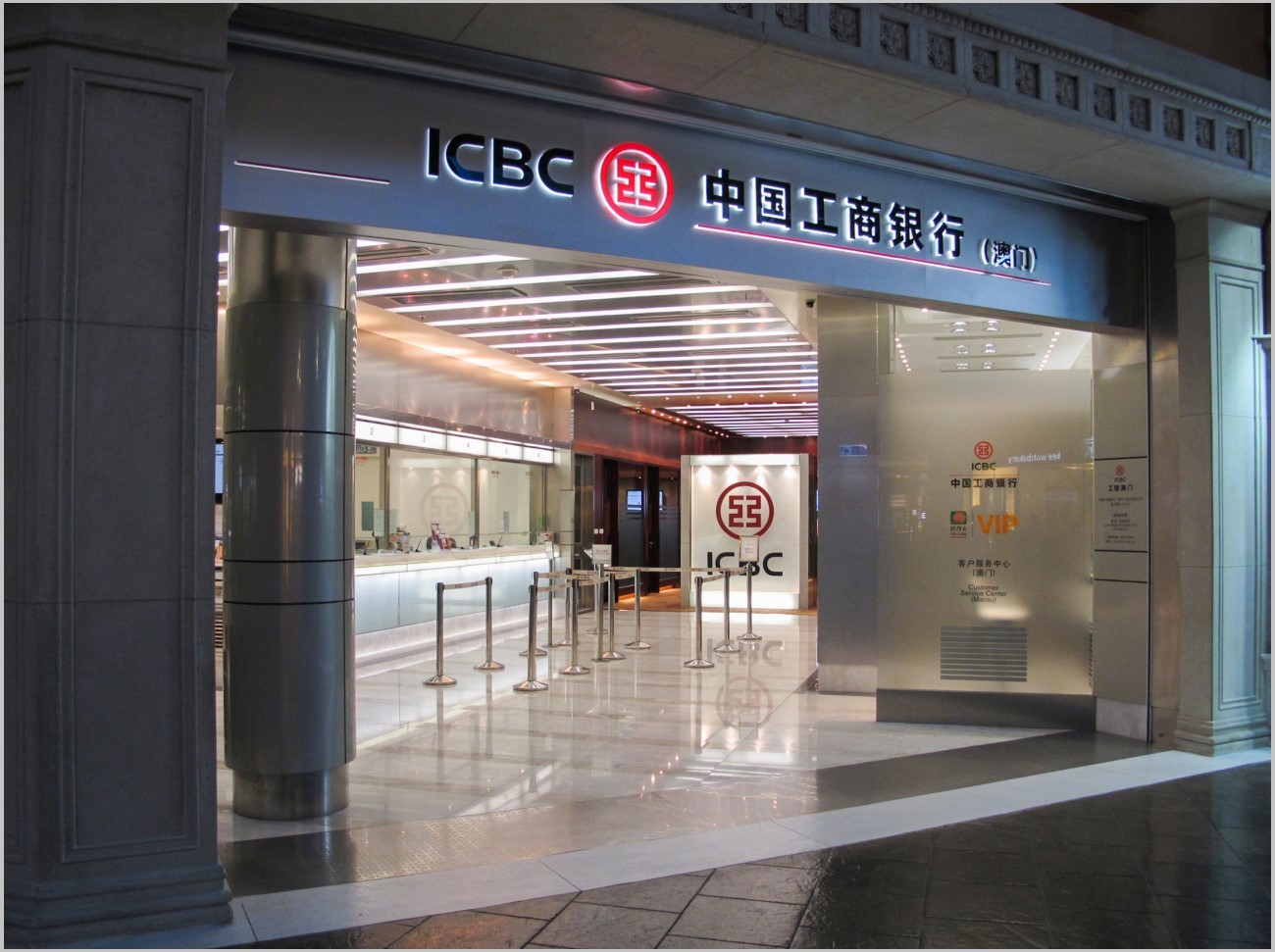Thanks for the helpful post! As an international student in China, I found the process of opening a bank account surprisingly smooth once I had all the required documents. One tip I'd add is to bring both your passport and your student ID when visiting the bank—most branches will ask for both. Also, choosing a bank with English-speaking staff can make things a lot easier. I went with Bank of China, and they offered pretty good service for foreigners. Looking forward to reading more insights from this blog! Absolutely! Understanding the Deming PDCA Cycle: A Practical Guide for Continuous Improvement
In the ever-evolving world of quality management and process optimization, one model that continues to remain relevant is the Deming PDCA Cycle. Also known as Deming's Model, this framework is central to continuous improvement and total quality management practices across industries. From manufacturing floors to digital marketing agencies, the Deming Cycle—Plan, Do, Check, Act—serves as a roadmap for systematic progress. Having applied this model in multiple professional settings, especially within digital transformation projects, I can vouch for its power in instilling discipline, enhancing process efficiency, and driving customer satisfaction.
What Is the Deming PDCA Cycle?
The Deming PDCA Cycle is a four-step iterative method used to control and continuously improve processes and products. The acronym stands for:
-
Plan – Identify an opportunity and plan for change.
-
Do – Implement the change on a small scale.
-
Check – Use data to analyze the results and determine whether it made a difference.
-
Act – If the change was successful, implement it on a wider scale and continuously assess your results. If the change didn’t work, begin the cycle again.
What sets this model apart is its iterative nature—it encourages a culture where learning from outcomes is ingrained in the organizational DNA. Whether you are in operations, IT, marketing, or customer support, the Deming Cycle is not just theoretical—it is practical, actionable, and results-driven.
Origins and Evolution of Deming’s Model
The Deming Model is named after Dr. W. Edwards Deming, an American engineer, statistician, and management consultant widely credited with transforming Japanese industry post-World War II. Though the original PDCA concept was developed by Walter A. Shewhart, Deming expanded on the idea and promoted it globally, making it synonymous with quality control. In fact, Deming’s emphasis on statistical thinking and iterative testing laid the foundation for what we now know as Six Sigma, Lean, and Agile methodologies.
Over the years, I've seen organizations confuse the PDCA cycle with linear project plans. That’s a critical mistake. The Deming Cycle is inherently circular and designed for ongoing iteration. It’s a philosophy, not a one-time checklist.
Technical Aspects of the Deming Cycle in Practice
From a technical standpoint, implementing Deming’s Model requires discipline in data collection, analysis, root cause identification, and controlled experimentation. In the Plan phase, for instance, professionals must define KPIs (Key Performance Indicators), understand baseline metrics, and set hypotheses. This stage often involves the use of tools like SWOT analysis, fishbone diagrams, or failure mode and effects analysis (FMEA).
During the Do phase, the execution is typically done through pilot testing. Whether you’re launching a new email campaign or refining a product feature, the changes are made on a small scale to minimize risk. For example, in one of my digital marketing campaigns, we piloted a new CTA (Call to Action) on a subset of users before applying it sitewide. This allowed us to measure performance without disrupting the entire funnel.
In the Check stage, statistical tools such as control charts or A/B testing frameworks come into play. This is where you measure the actual outcomes against your original objectives. If the results show improvement, you move to Act, where the change is standardized and rolled out. If not, you return to the planning table with insights in hand.
Real-World Applications of the Deming Cycle
Having implemented the Deming PDCA Cycle in various marketing and operational settings, I’ve observed a significant boost in both team collaboration and outcome consistency. For instance, we once faced a consistent drop in email open rates. Applying Deming’s Cycle, we identified the problem (Plan), changed subject line formatting and preview text (Do), measured the uplift in open rates (Check), and then standardized the new format across all campaigns (Act). Not only did this approach yield measurable results, but it also empowered the team to adopt a data-first mindset.
Manufacturing teams often use the Deming Model to reduce defects and improve yield. Healthcare institutions apply it to enhance patient care workflows. Even educational institutions use it to evaluate and improve curriculum delivery. The beauty of the Deming Cycle is that it’s domain-agnostic. Regardless of the sector, its emphasis on data, hypothesis-driven testing, and repeatability makes it invaluable.
Why the Deming Cycle Is Still Relevant Today
In today’s fast-paced digital environment, businesses are constantly seeking ways to be agile while maintaining quality. Agile and Scrum teams unknowingly apply Deming’s Model when they iterate over sprints. Startups use it when they run lean experiments. The Deming PDCA Cycle fosters a mindset of humility—one that recognizes there’s always room for improvement.
Moreover, the model aligns closely with the principles of EEAT (Expertise, Experience, Authoritativeness, and Trustworthiness). When organizations commit to continual improvement through structured methods like PDCA, they build credibility and earn stakeholder trust. This is not just good practice—it’s essential in a time where customers demand transparency and consistency.
Common Misconceptions
One common misconception is that the Deming Cycle is only for quality control or industrial settings. This couldn't be further from the truth. In fact, I've found it particularly useful in service industries, especially digital marketing. For example, when testing a lead nurturing sequence, we applied PDCA to fine-tune message timing, language, and delivery channels based on user feedback and open-rate data.
Another misconception is that the Deming PDCA Cycle is slow or bureaucratic. If applied with agility, it becomes a fast feedback loop. The speed of the cycle depends not on the model itself but on how swiftly teams can collect data and iterate based on it.
Final Thoughts
The Deming PDCA Cycle, also known as Deming’s Model, is far more than a managerial buzzword. It’s a timeless framework that enables continuous learning, customer-centric innovation, and operational excellence. When implemented effectively, the Deming Cycle is a catalyst for transformation—not just in processes, but in organizational culture. Whether you're a startup founder, quality engineer, or digital marketer like myself, embedding the PDCA cycle into your workflows can unlock sustainable growth and competitive advantage.
FAQs
Q1: Can the Deming Cycle be used in project management?
Yes. It complements methodologies like Agile and Lean by providing a structured improvement loop.
Q2: Is the Deming PDCA Cycle only for large companies?
No. Its simplicity and adaptability make it ideal for businesses of all sizes.
Q3: How does the Deming Model improve customer experience?
By continuously refining processes based on feedback and data, businesses can better meet customer expectations.
Q4: How often should the PDCA cycle be repeated?
As often as necessary. It’s an ongoing loop that encourages iterative improvement.
